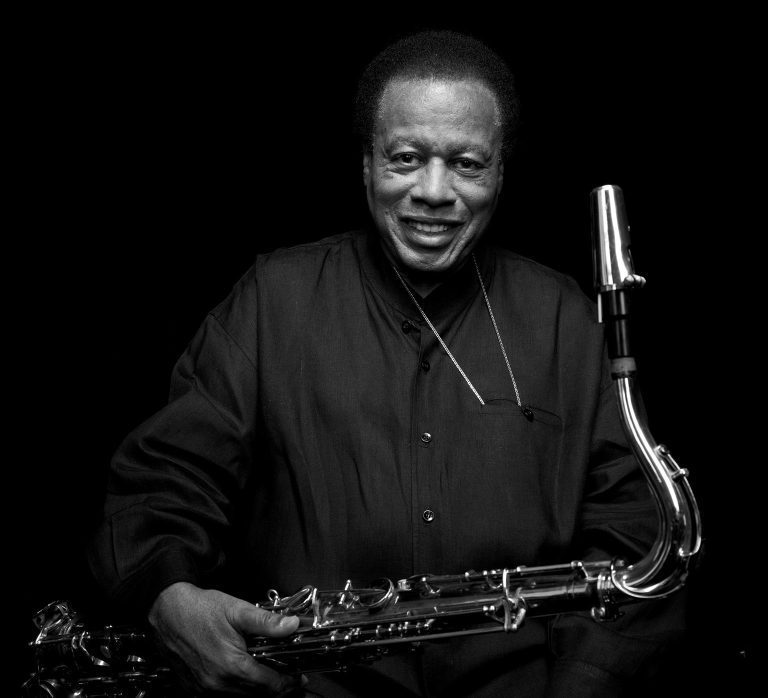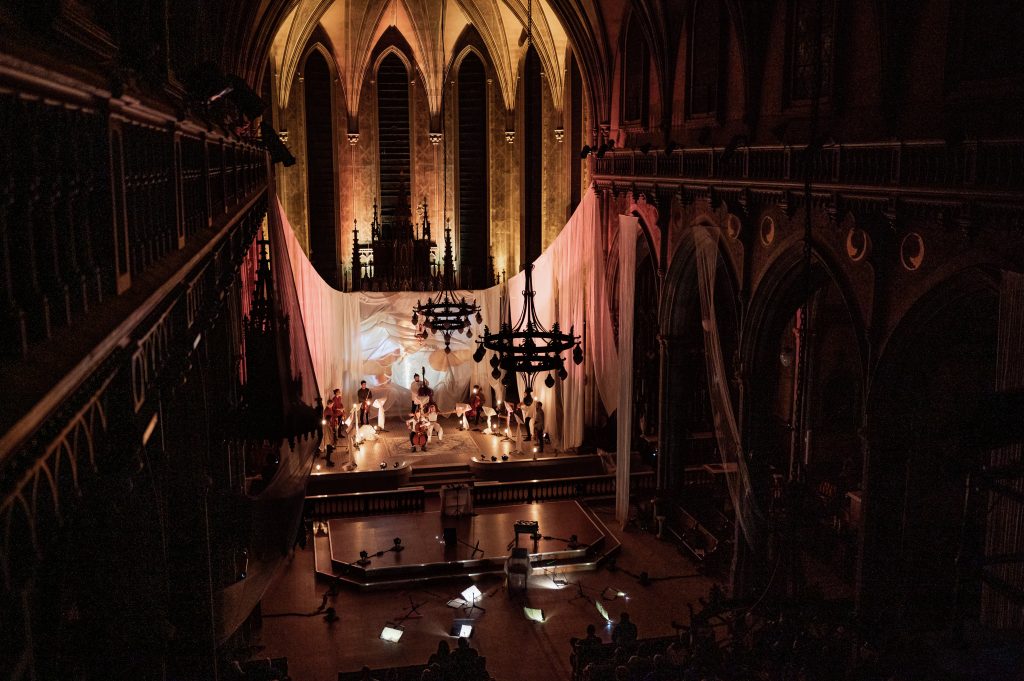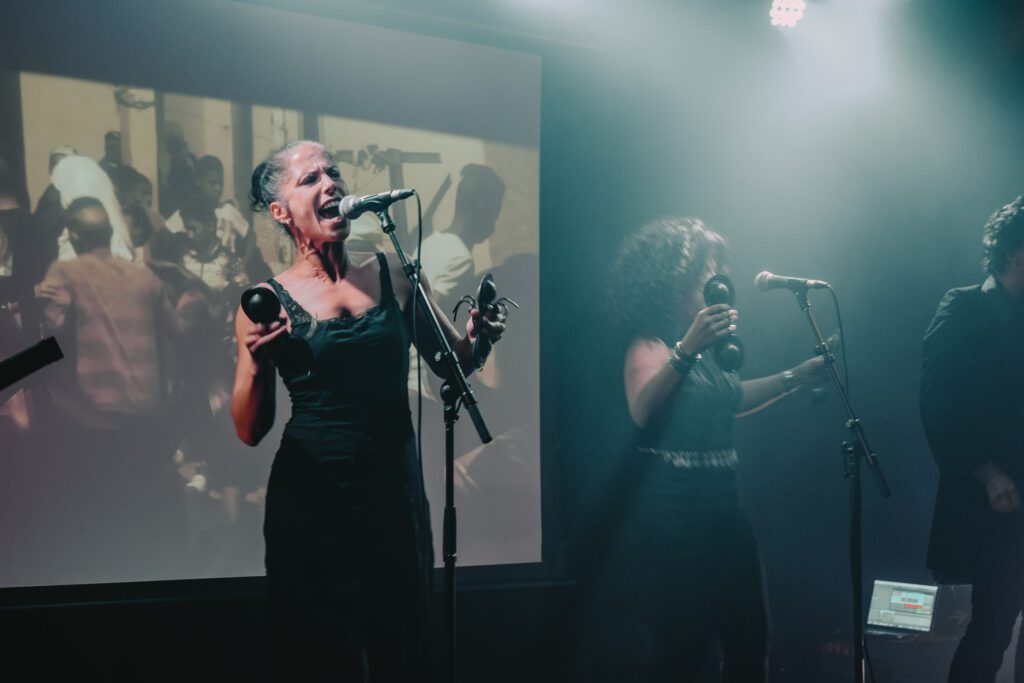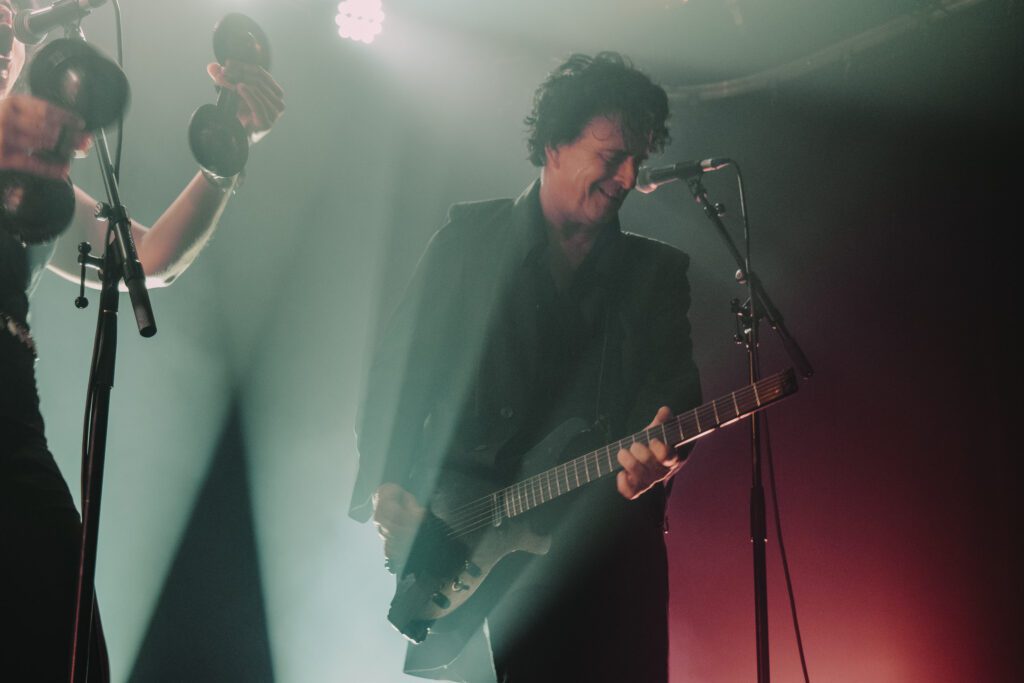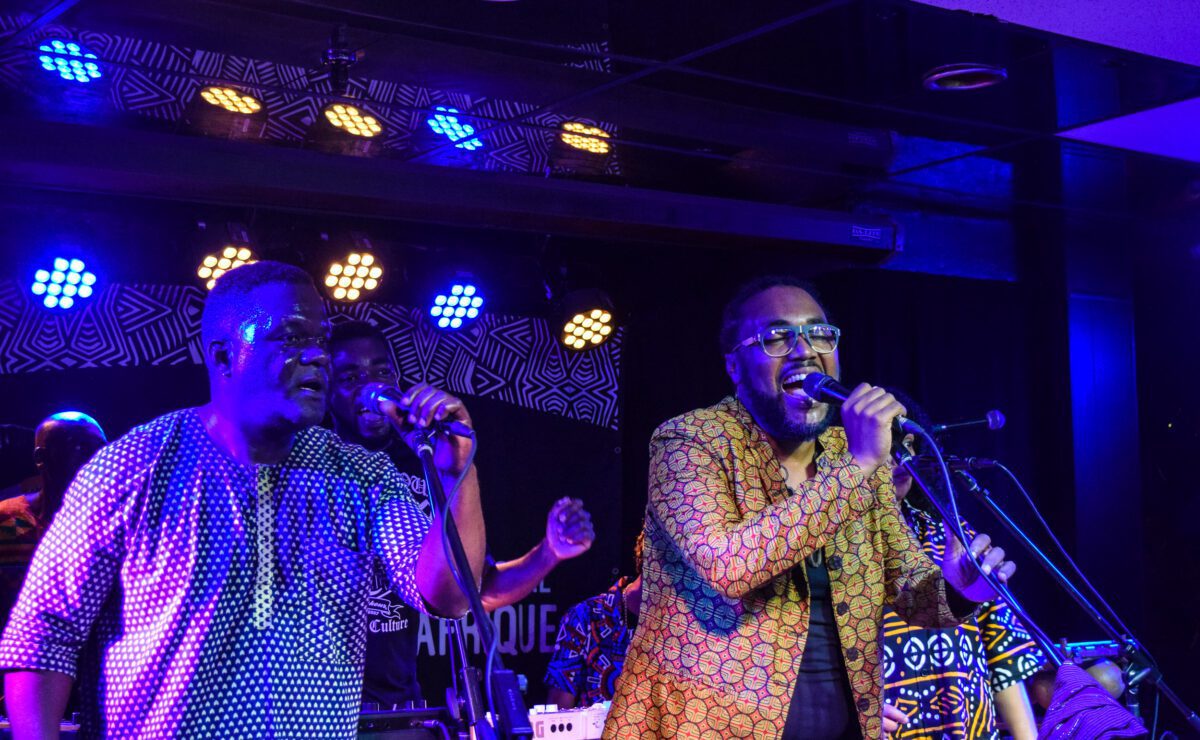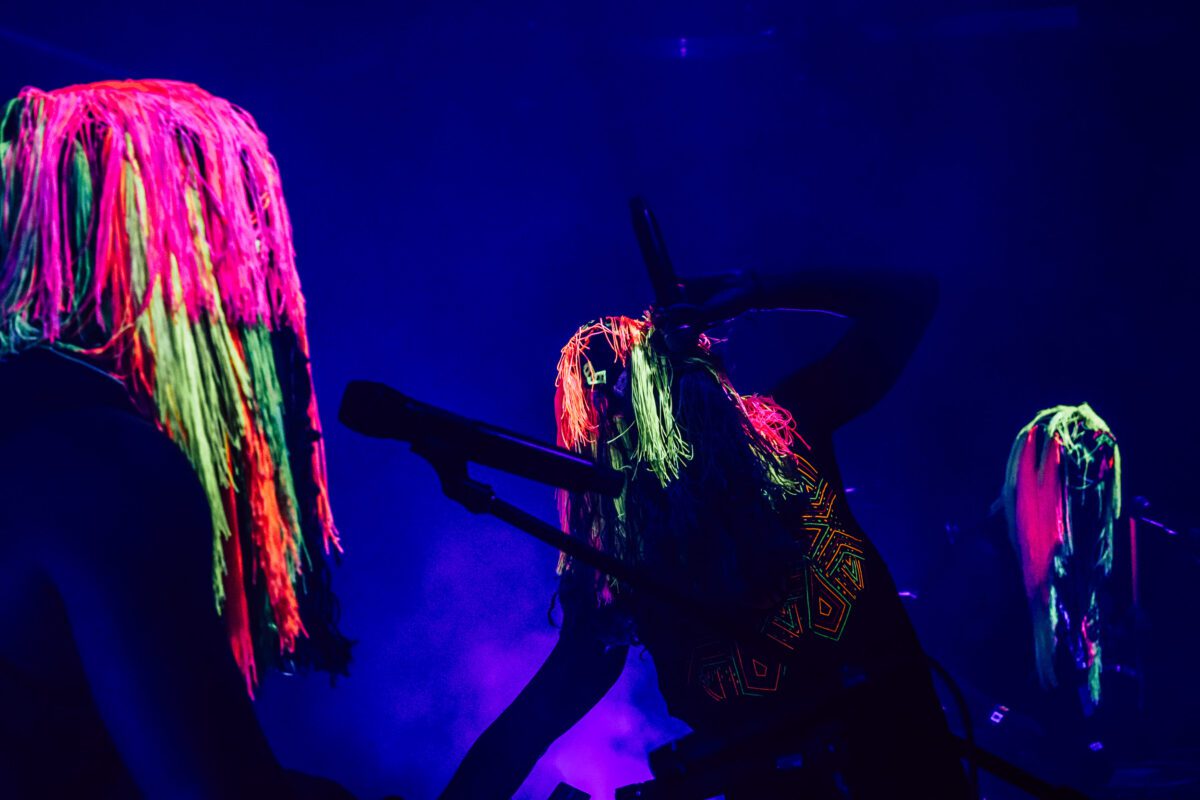In this Black History Month, PAN M 360 proudly highlights the thinking of its new collaborator Gabriella Kinté, a committed bookseller, Montreal author and avid hip-hop fan. Adjacent to the Ausgang Plaza space on Plaza Saint-Hubert, the Racines bookshop she founded offers a wide range of writings on the history, culture and living conditions of racialized people in Quebec. Gabriella’s work now continues on the pages of PAN M 360!
In this month dedicated to celebrating black history, I want to share with you my impressions of hip-hop, a culture I adore and that my Afro-descendant community has actively helped to create. My favorite elements of this culture are rap and consciousness.
So here it is:
It’s impossible to walk the streets of Montreal without seeing the influence of this global movement. In Quebec, I’m very well served by the supply of local talent, but I’m annoyed that it’s too often misrepresented in the mainstream media. In fact, it seems to me that these institutional media tend to highlight the same type of artists … male, cis, white.It’s impossible to walk the streets of Montreal without seeing the influence of this global movement. In Quebec, I’m very well served by the supply of local talent, but I’m annoyed that it’s too often misrepresented in the mainstream media. In fact, it seems to me that these institutional media tend to highlight the same type of artists … male, cis, white.
In any case, there are very few who sound like me and whose recordings are played on commercial radio or invited on major TV shows. I find that mainstream media favor the visibility of white rappers, which can be attributed to a variety of factors, including the preconceived opinions of decision-makers.
Some journalists, probably unconsciously, integrate the negative perceptions ingrained in society, directing them towards a preference for artists from non-minority backgrounds. This contributes to an imbalance in the representation of diversity within the Quebec hip-hop scene, as in other cultural sectors.
What I really don’t like to hear is that the lack of diversity in the media is linked to a lack of good emerging artists from that diversity. I don’t believe that there is a directly proportional link between talent and media presence. In 2024, we can no longer turn a blind eye! We all know that discriminatory behaviors persist in the media landscape, even if they are complex to perceive.
Regularly, I have to access to independent media such as Onz Montréal, Hit’Story, Da Main Source and Rapolitik, in order to stay abreast of the latest trends. I have no choice, because what the “media leaders” offer me is often boring, disconnected or puts forward American talent, whereas we can count on excellent local artists. That’s why independent media fascinates me, because it’s closer to artists of all kinds.
It’s thanks to them that I’ve had the pleasure of discovering artists such as Chung, Planet Giza, SLM, Ya Cetidon and others. If I’d stuck to what’s offered on traditional channels, it would have taken a long time for their work to reach my ears. It would have been disappointing for me to discover them only once their international success had been established. It’s a shame, given their talent. With so many platforms out there, I think they deserve to be seen/heard more.
But how, in fact, can you contribute to improving things, whether you’re a fan or a media player? First of all, put yourself in a better frame of mind:
For fans: reach out to what’s not like them, broaden their field of vision and challenge our own unconscious prejudices.
For columnists: go beyond simply writing down their preferences, explore different perspectives and question their unconscious biases;
Fans or columnists, I believe we all have a certain power to influence. While we wait for changes in rigid media spheres, let’s act together by exploring and sharing the profile of often overlooked talents, and thus contribute to enriching the cultural scene ourselves. Why? To ensure more equitable and authentic coverage of hip-hop in Quebec.
Nevertheless… shout out for the following positive advances:
- The documentary serie Les Racines du Hip-Hop au Québec. At the origin of this nugget is a diverse, competent team, offering the general public the opportunity to discover major players.
- The rapper Lost, the only Montrealer or even the only Canadian to be part of YouTube Music’s new Fifty Deep campaign. It was a proud moment for me!
- The independent media for their exceptional and authentic work, a breath of fresh air in the media landscape.
Although the road to fair, authentic and equitable representation is a long one, my confidence in the emergence of new local musical talent persists. In any case, the current era offers creative minds many opportunities to make themselves heard. My wish for 2024? That the quest for new audiences will be less arduous for racialized artists. That we base ourselves exclusively on real artistic ability rather than status or privilege.








